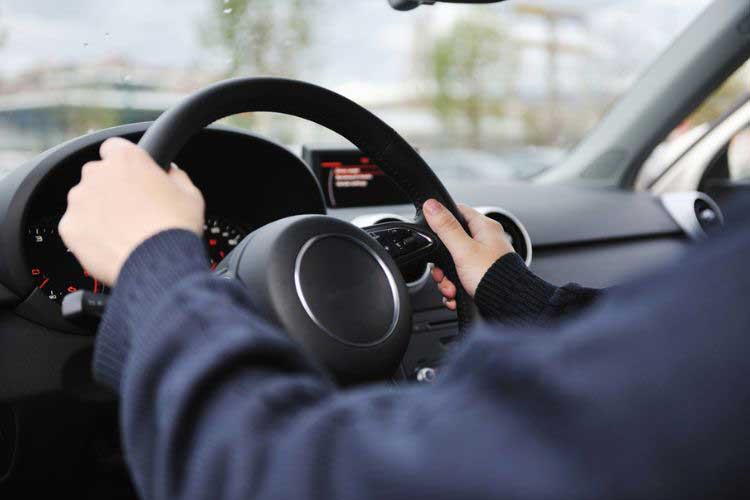Can You Drive Without Coolant?
We all know the functions of coolant in the car. It is to keep the engine under a certain temperature. But the radiator system doesn’t run the engine.
So the question is, can you drive without coolant? Yes, you can, but it is not recommended. Driving a vehicle without coolant is a dangerous and potentially damaging situation. From engine failure to costly repairs, the lack of coolant can bring your road trip to a screeching halt.
In this article, we’ll delve into the importance of coolant and what happens when it’s not present in your vehicle. Continue reading to understand why.
What Is Coolant?
Coolant is a liquid substance responsible for regulating the temperature of the engine and preventing overheating. It removes the heat produced by the engine and releases it into the air via the radiator in the vehicle.
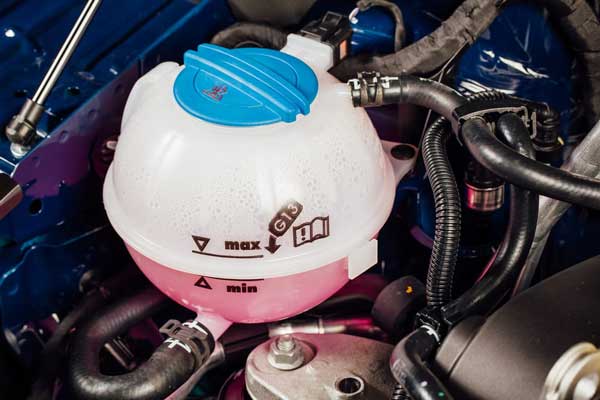
What Happens If You Drive Without Coolant?
Driving without coolant can cause serious damage to your engine and even result in complete engine failure. Here are some of the reasons why you should never drive without coolant:
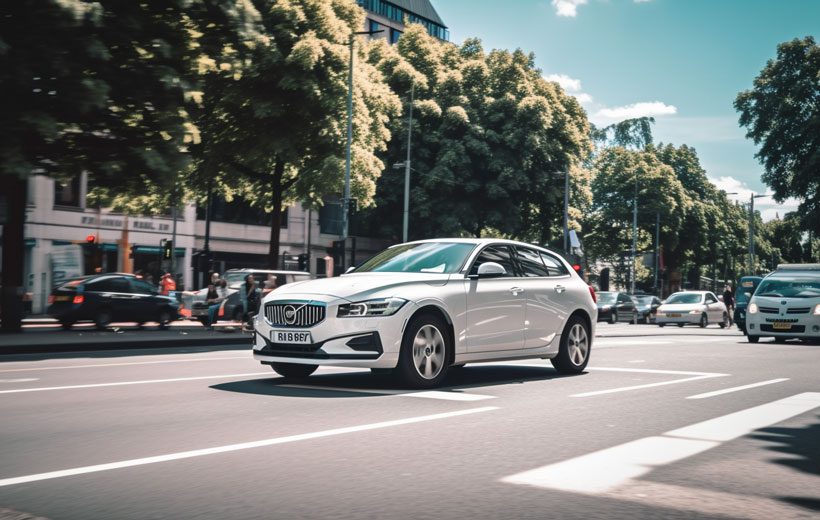
Overheating
The lack of coolant in your vehicle will cause your engine to overheat. This can cause the metal components in your engine to expand, leading to warped or damaged parts. In extreme cases, this can result in a cracked engine block, which is an extremely costly repair.
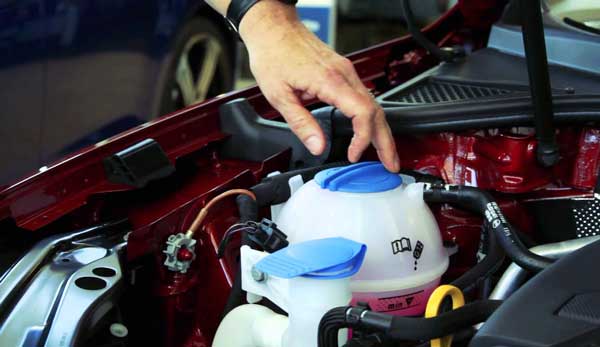
Engine Damage
Overheating can also cause damage to your engine’s gaskets, bearings, and other internal components. This can result in oil leaks, decreased engine performance, and a decrease in fuel efficiency.
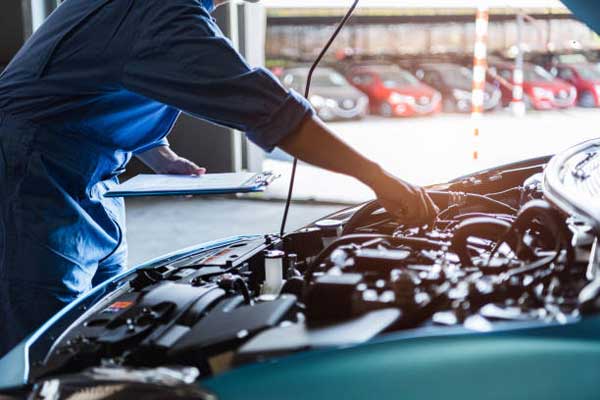
Loss Of Power
If your engine overheats due to a lack of coolant, it will start to lose power and may even stall. This can be dangerous, especially if you’re driving on a busy road or highway.
Warped Cylinder Head
The cylinder head in your engine is one of the most important parts. If the engine overheats, the cylinder head can warp. This can lead to decreased compression, misfires, and decreased engine performance.
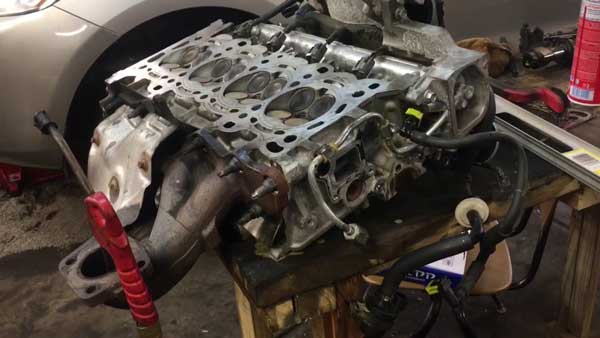
Expensive Repairs
Replacing a damaged engine or other internal components can be very expensive, making it a costly mistake to drive without coolant.
Broken Head Gasket
If your engine overheats, the head gasket can also become damaged. This can cause oil and coolant to mix, which can cause serious damage to your engine.
How Long Can You Drive Without Coolant?
The distance one can drive a car without coolant depends on the amount of fluid left in the system. If the coolant is above the minimum, the car can be driven for 1 to 2 days. But if below the minimum, it’s not advisable to operate the engine
However, newer model vehicles often feature a cut-off mechanism that detects low coolant levels and keeps an eye on engine temperature. If the engine temperature rises drastically due to a lack of coolant in the cooling system, the engine will shut down to prevent harm.
Check this video for more details.
Signs That Your Coolant Is Low
Running low on coolant can be a serious problem, so it’s important to recognize the signs and take action quickly. Here are some common indicators that your coolant is low:
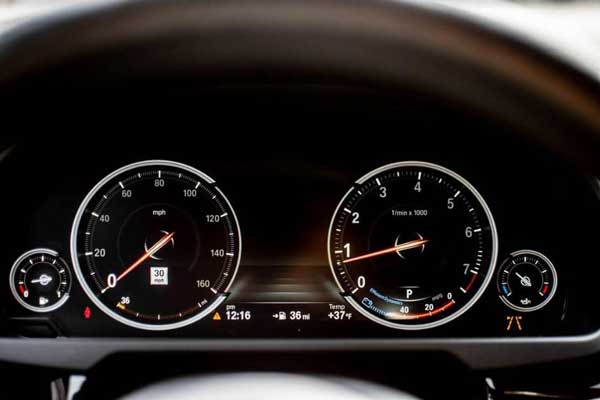
Engine Warning Light
If the engine warning light appears on your dashboard, it could be an indication that you are low on coolant. The light may appear as a thermometer or radiator symbol and should not be ignored.
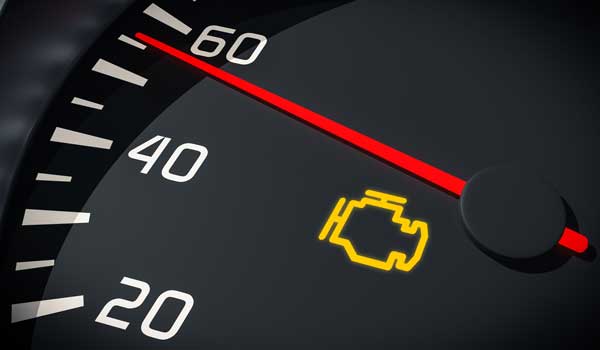
Overheating Temperature Gauge
If you notice that the temperature gauge on your dashboard is rising, it’s a clear sign that your engine is overheating. This is often caused by a lack of coolant, which is needed to regulate your engine’s temperature.
White Smoke From The Exhaust
If you see white smoke coming from your vehicle’s tailpipe, it could be a sign that coolant is entering the engine and being burned. This can be caused by a leak in the engine or a clogged radiator and should be addressed immediately.
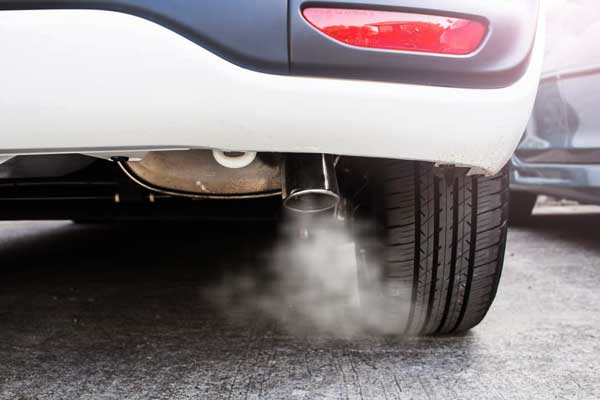
Poor Fuel Economy
An overheating engine due to low coolant can result in decreased fuel efficiency and performance.
Preventive Measures For Low Coolant In Cars
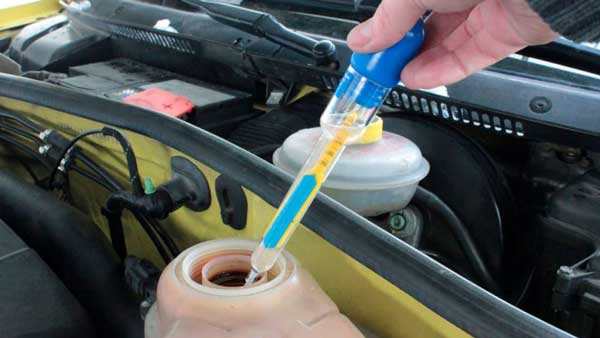
Here are some preventive measures to avoid low coolant levels in a car:
Regular Checks Of Coolant Level
Checking the coolant level regularly is important to make sure that there is enough fluid to transfer heat from the engine to the radiator. It is advisable to examine it twice annually, prior to the arrival of summer and winter seasons.
Regular Coolant Replacement
The coolant should be replaced when it is due. Also, it should be done according to the manufacturer’s recommendations to prevent contaminants from clogging the system.
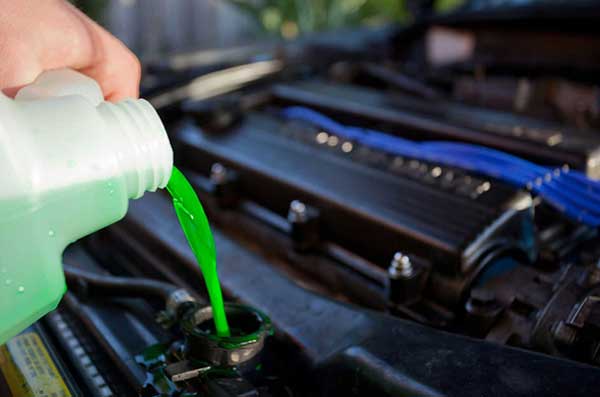
Regular Vehicle Maintenance
Regular maintenance, such as checking hoses, belts, and water pumps, can help prevent issues that can cause the vehicle to overheat
Importance Of Coolant In Car Engines
Engine coolant is essential for maintaining the health and performance of the engine. Also, it ensures that the vehicle operates safely and reliably. It performs vital functions, including:
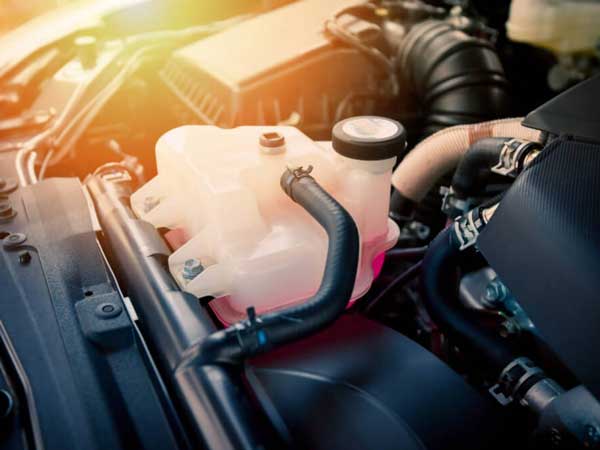
Regulating Temperature
Engine coolant helps keep the engine within its ideal operating temperature range. Thus, this is necessary for efficient operation and to prevent overheating.
Preventing Corrosion
Coolant contains anti-corrosion additives that protect the engine and cooling system components from rust and other forms of corrosion.
Protecting The Water Pump
Engine coolant also helps lubricate moving parts it comes across. Thus it protects against damage to the water pump, which is an important component of the cooling system.

Preventing Freezing
In cold weather, coolant helps prevent the water in the cooling system from freezing while mixing with antifreeze.
Car Coolant Cost
The cost of car coolant can vary depending on the car brand, size, and location. On average, a gallon of antifreeze/coolant can cost anywhere from $50 to $150.
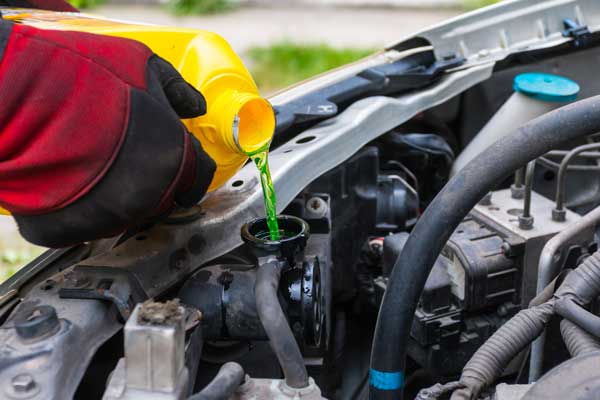
FAQs
Questions people also ask about whether you can drive without coolant are answered below.
The coolant mixture is ready for use after you top up the reservoir but may not perform optimally if it contains air. Allow it to settle for 15 minutes before starting your car to eliminate air and prevent engine overheating
In case of an unexpectedly low coolant level, adding water can temporarily resolve the issue to reach a safe location and have the vehicle checked. However, it is not a permanent solution
Generally, an overheated engine requires at least half an hour to reach a temperature suitable for inspection and repair. This is to avoid the risk of being burned by hot coolant.
Conclusion
In this article, we’ve answered questions regarding driving without coolant and its associated problem. However, note that driving without coolant is not only dangerous for your vehicle. But it can also lead to costly repairs and potential danger on the road.
In addition, the coolant system is designed to regulate the temperature of the engine and prevent overheating, which can cause serious damage if left unchecked. It is important to regularly check your coolant levels and replace any leaks to ensure a smooth and safe driving experience.

